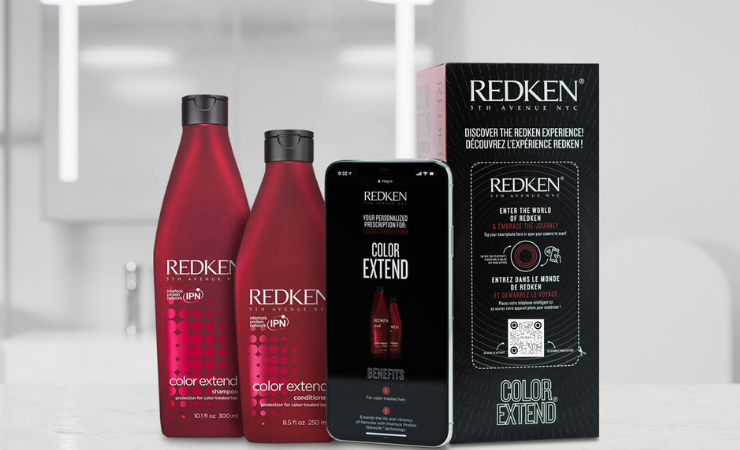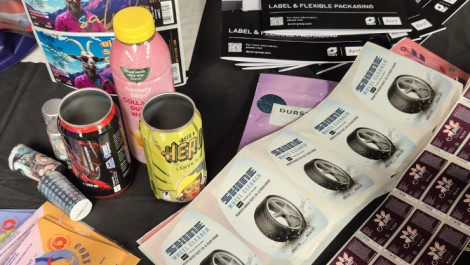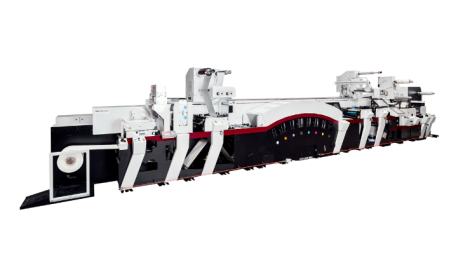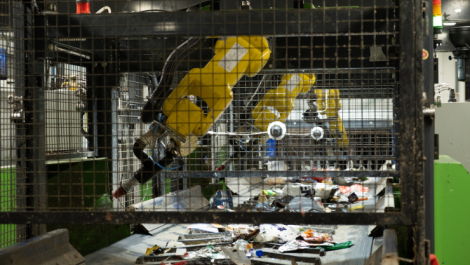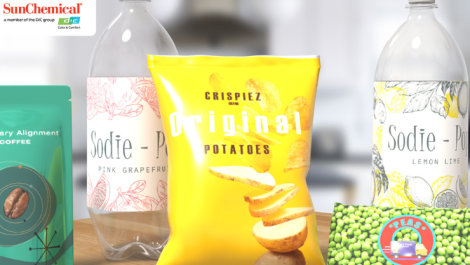The limitless possibilities of connected and smart packaging are fascinating but entering this high growth niche is a big question mark for most who are interested, as Dustin Steerman writes.
Will my customers take advantage of the offering? Which customers do I target? How long are the sales cycles? Where do I get started having zero experience with connected packaging? Do I have the internal resources to support entering this market? Which part of the connected packaging market should I begin my journey in? Brand protection? Marketing and campaigning? Supply chain and logistics?
All are logical questions for any company considering bolting on intelligent packaging to their product offering.
While I have some experience in the world of smart packaging, I thought it would be great to connect with experts willing to share their insights from this rapidly emerging segment.
Markem-Imaje delivers intelligent identification and traceability solutions, services and expertise to stakeholders across the supply chain keeping products authentic, safe and connected. Examples of its work using smart packaging are abound in the pharmaceutical space to tackle counterfeiting of individually serialised packaging.
Two of the company’s portfolio businesses, Systech and Blue Bite, are exclusively focused in connected packaging and experiences. Systech brought to market a solution for the pharmaceutical industry seven years ago solving a brand protection issue where serial numbers were being replicated in the market. This e-Fingerprint technology allows for packaging to be serialised without printing a number. This is achieved by a camera taking a picture of data carriers – UPC codes, QR codes, etc – and capturing the micro variations that naturally occur during the printing process to create a unique digital identity for every individual impression produced. It is impossible to replicate an e-Fingerprint, providing an unmatched level of brand protection.
While the technology originated in the pharma sector, it has since moved far beyond, as Tessa Eastman, head of business development at Markem-Imaje, explains.
‘Since Covid, customer diversification has increased tremendously. Fashion and apparel, sporting goods, consumer electronics, and low value low margin products are now even using brand protection as counterfeiters aren’t just going after high cost or high impact. Today, counterfeiters are focused on where there are supply gaps in the market. A specific example that comes to mind is bottled water. There was a shortage in a specific country, which led to a knock off and the need for brand protection.’
In 2021, Markem-Imaje acquired Blue Bite to strengthen its ability to communicate information between consumers and brands.
Blue Bite’s big differentiator is creating contextual experiences. It takes action based on the data it is collecting and has already collected. It’s not a static QR code that is based on where you tell it to redirect, it’s a dynamic code redirecting the person based on where they’re scanning the product and their history of engagement. Pre-purchase, post-purchase, inside store, outside store. Have they already scanned strawberry and mango but never scanned blueberry? In this case it will present messaging on blueberry, for example.
With today’s consumer a more informed buyer seeking personalised products and experiences, today’s brands must build products tailored to niche consumers. Blue Bite bridges the communication gap between both parties.
Together, Systech and Blue Bite are serving a wide range of brands, starting with companies as small as $1 million in annual revenue all the way up to large CPGs.
‘Oftentimes brands won’t come to their converter sharing their desires for connected packaging resulting in converters being told which technology they need to go with when instead they can and should be taking a proactive approach.’
She goes on, ‘No industry is immune to brand protection, I only see missed opportunity for converters who pass up adopting a connected packaging offering ahead of the curve. Macro trends are only positive for connected packaging and this equates to a positive outlook for us as a technology provider.’
Technology is one thing but then you must also understand the value and benefit in creating connected experiences and packaging.
Jenny Stanley is managing director at Appetite Creative, an innovative agency specialising in creating gamified campaigns for the biggest CPG players in the market. The business designs and builds world-class digital and connected experiences across a variety of distribution channels. Its services range from branding and marketing through to connected packaging and reach all the way across to the quickly expanding space, known as Web3/Web 3.0.
Campaign creation begins with understanding the objective. Do you want customer data? Do you want to talk about sustainability impact? Do you want to run a seasonal campaign? Are you looking to expand audience? Or are you looking to provide education behind the product and brand?
If the goal is to expand the audience, it is far less likely that people will share the story of the brand in comparison to a unique experience intended to go viral. Perhaps that experience is one that begins in a digital realm, expands to a tangible package and points the consumer back to the digital realm.
‘QR codes now give us a contactless solution that bridges the gap between physical and digital experiences,’ says Ms Stanley. ‘Thanks to a rise in QR enabling technology meaning they’re accessible from a standard smartphone and to the unfortunate impact of Covid, which brought QR codes into our daily lives for simple tasks such as viewing a menu in a bar or restaurant the technology is experiencing rapid growth and adoption.
‘Only a few weeks ago, Coca-Cola’s global chief marketing officer Manuel Arroyo revealed the plans for every single one of the company’s 1.9 billion units produced to carry a QR code. A clear testament that the humble QR being used for marketing is on the rise.’
Gamification plays a large role in the campaigns Appetite builds for big CPGs, most of which are optichannel – the ability to communicate and support a customer journey using the channel that is best for them given their overall objective – and often connected directly to a physical package.
As an example, through gamification consumers are provided with the opportunity to earn discounts and other types of rewards.
Although Appetite spends a majority of its time working with large CPGs, it also serves start-ups and high growth consumer product brands. For either party, the experience begins with the snap of a QR code. A survey is provided along with incentivisation for filling it out. The brand is able to walk away with insights that otherwise wouldn’t be captured such as who’s trying the product, who likes it, age groups of people engaging, rating that people give it, and email addresses to follow up with.
There are signs of huge growth in this area, with large brands such as Amazon, Coca-Cola, Taco Bell, Burger King and Victoria’s Secret all leveraging the technology. Many others are creating long term strategies with QR being a key lever.
With the global QR code label market size projected to reach even greater heights than it’s currently at $1268.1 billion by 2026, businesses and consumers are now more aware of this technology’s potential.
QR codes aren’t going anywhere. Rather consumers will be looking for the QR code.
Are you going to be the brand who misses that opportunity to connect with your audience?
It is clear from the experts’ insights that demand for smart packaging is gaining momentum. As this becomes a segment your customers need to participate in, you will have two choices: a) be proactive and begin establishing an offering, or b) risk your clients coming to you demanding a solution.
For me, the decision is quite simple.
This ‘Developing business’ opinion piece was first published exclusively in the September/October 2022 issue of Digital Labels & Packaging, which can be read online here; register here to receive the magazine

